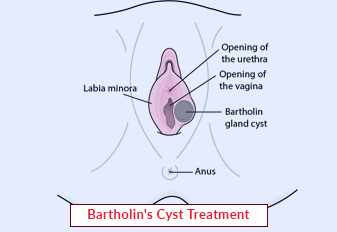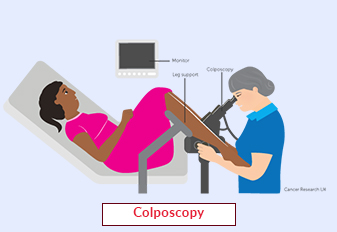Oophorectomy

Oophorectomy is a surgical procedure that involves the removal of one or both ovaries. It is commonly performed to treat various gynaecological conditions or as a preventive measure for individuals at high risk of developing ovarian cancer. In this article, we will delve into the concept of oophorectomy, its significance, and the procedure involved in this surgical intervention.
Book an AppointmentAbout Oophorectomy
Oophorectomy, also known as ovarian resection or ovarian removal, is a surgical procedure designed to remove one or both ovaries. The ovaries are vital reproductive organs responsible for producing hormones (estrogen and progesterone) and releasing eggs during the menstrual cycle. Oophorectomy can be performed using different techniques, including open surgery or minimally invasive laparoscopic surgery, depending on the patient's condition and the surgeon's recommendation.
Procedure of Oophorectomy
-
Preoperative Evaluation: Before the procedure, a thorough evaluation is conducted, including a medical history review, physical examination, and possibly imaging tests such as ultrasounds or MRI scans. Blood tests may also be performed to assess hormone levels and screen for genetic mutations if applicable.
-
Anesthesia: Oophorectomy is typically performed under general anesthesia, which means the patient will be asleep and pain-free during the surgery. The anesthesia choice may be discussed with the patient and the anesthesiologist to ensure safety and comfort.
-
Surgical Techniques: The surgeon may choose to perform oophorectomy using different surgical approaches based on the patient's condition and specific requirements. These include:
-
Laparoscopic Oophorectomy: This minimally invasive technique involves making small incisions in the abdomen through which a laparoscope (a thin, lighted tube with a camera) and surgical instruments are inserted. The surgeon removes the ovary or ovaries with precision, often using special instruments to cut and seal blood vessels.
-
Open Surgical Oophorectomy: In some cases, such as large ovarian masses or complex conditions, an open surgical approach may be necessary. A larger incision is made in the abdomen to access the ovaries, allowing the surgeon to remove the affected ovary or ovaries. This technique provides direct visualization and access to the reproductive organs.
-
Recovery and Postoperative Care: After the surgery, the patient is monitored in a recovery area until fully awake from anesthesia. Pain medication may be prescribed to manage postoperative discomfort. The recovery period can vary depending on the surgical approach used. It is essential to follow the surgeon's postoperative instructions regarding physical activity, wound care, and follow-up appointments.
Require Assistance?
Get A Quick Callback From Our Healthcare Experts






